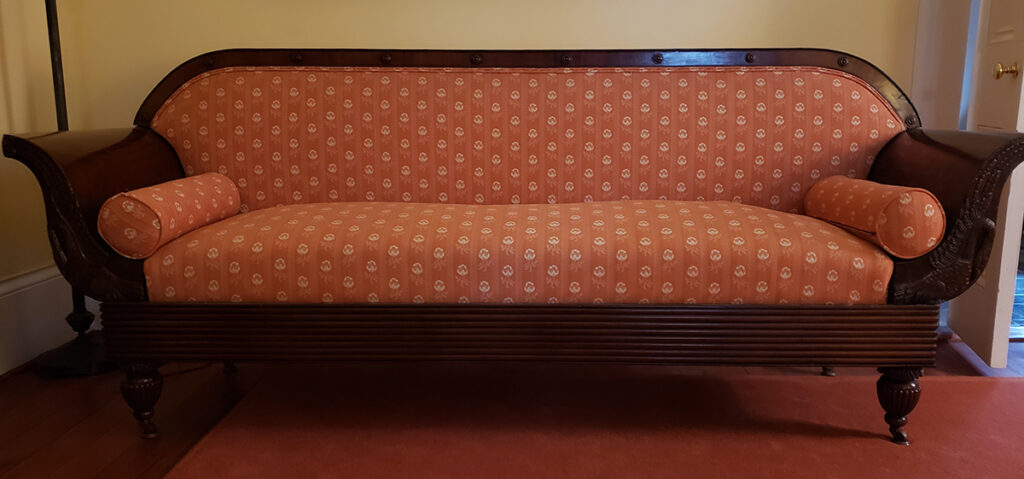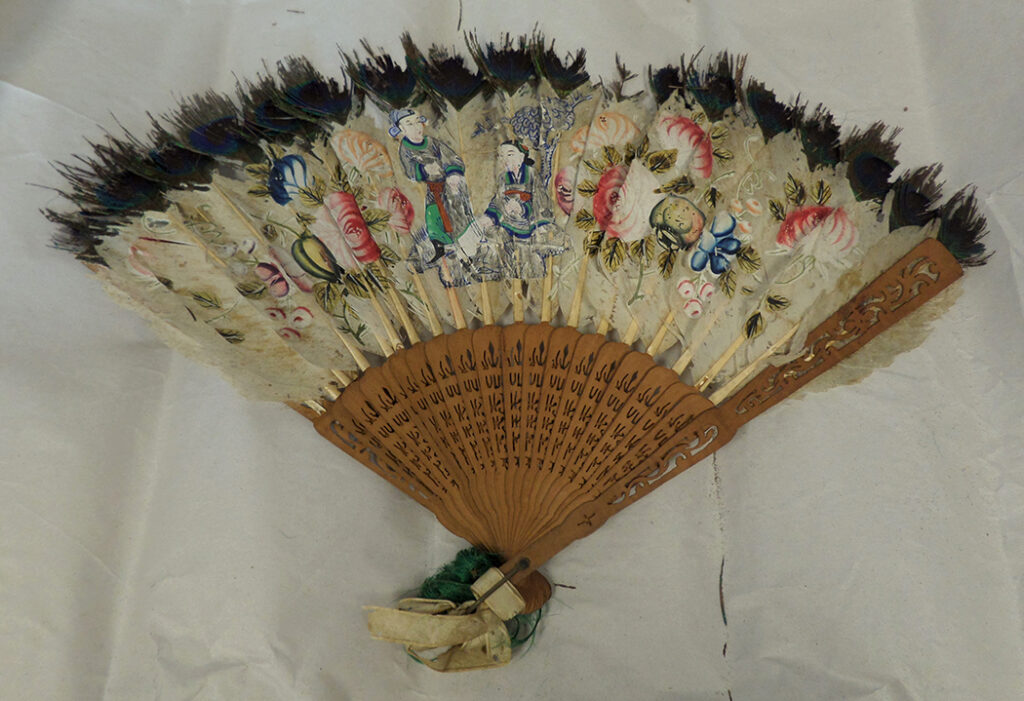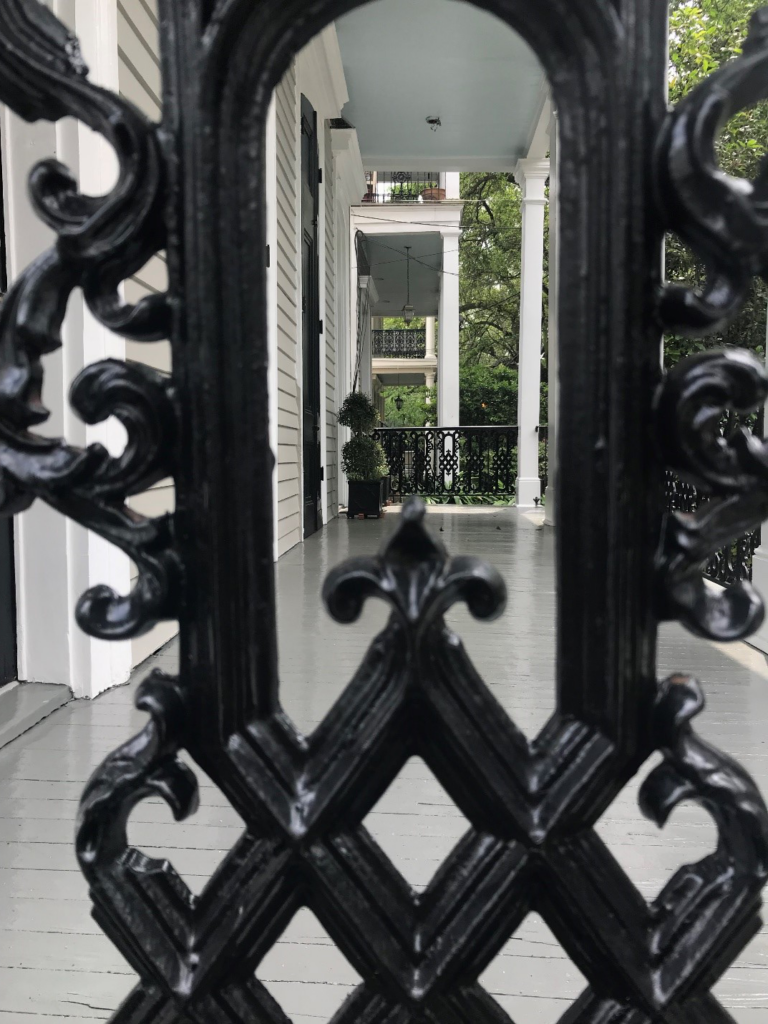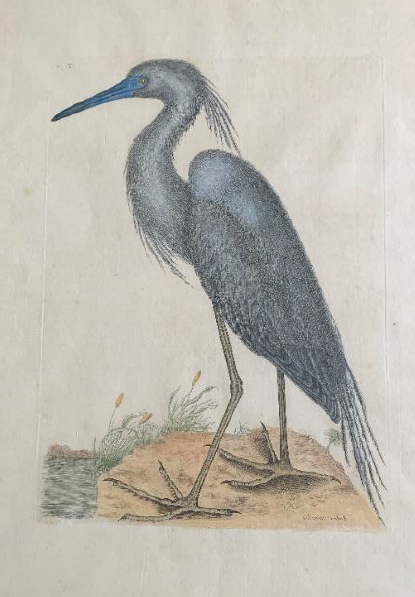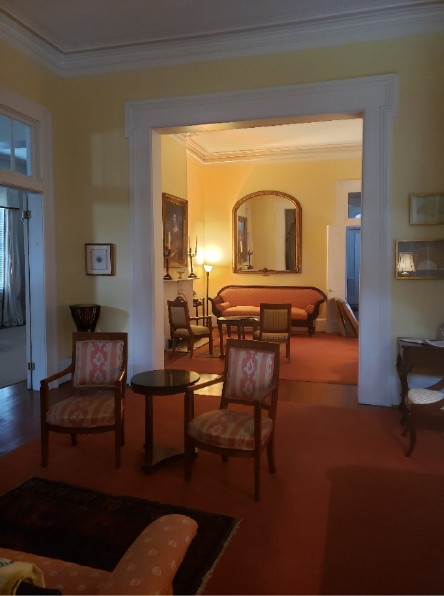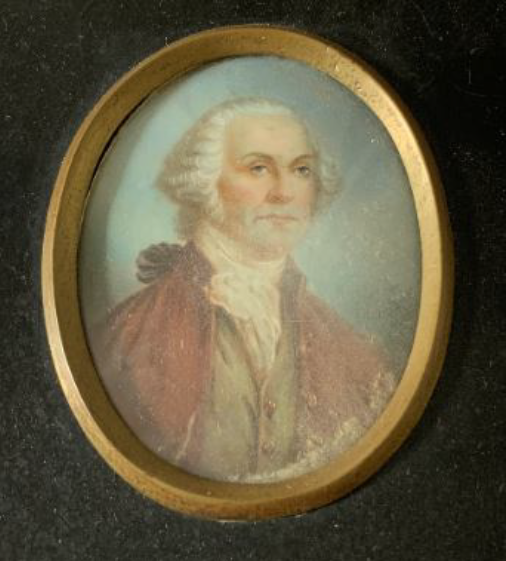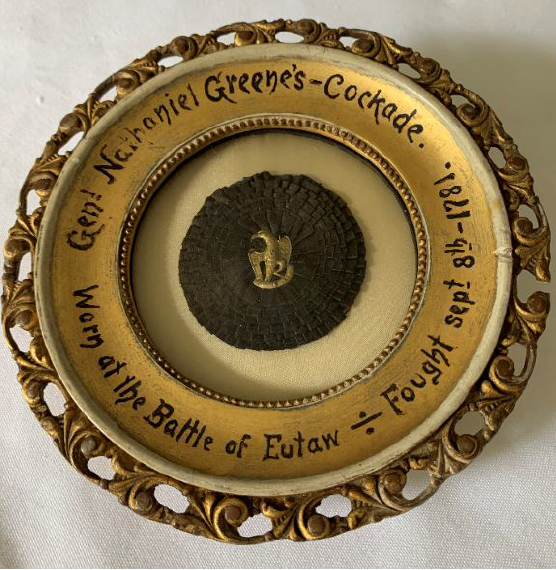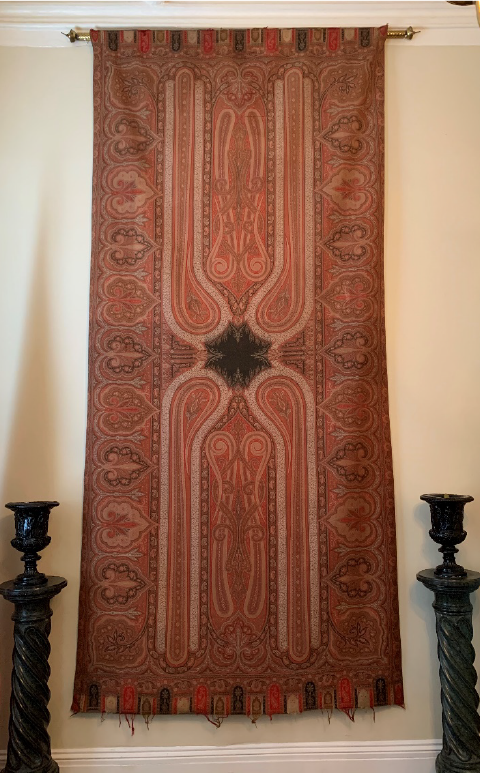Louisiana House
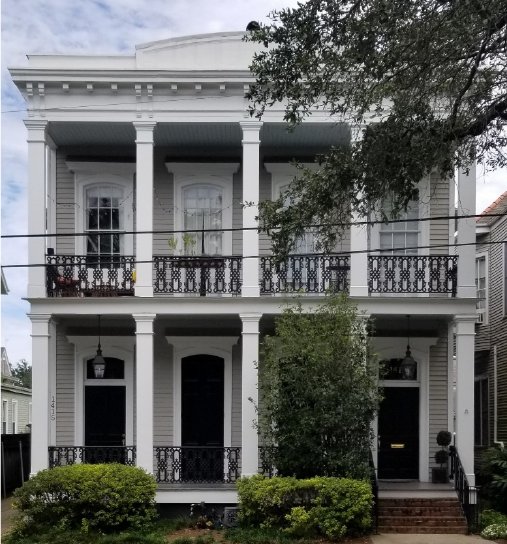
Louisiana House is not open to the public. It serves as the State Headquarters, and the setting for meetings, educational programs, and social events. It is also the repository for the Society archives, and houses the group’s impressive collection of furnishings and decorative objects. These include family heirlooms appropriate to the period, furniture, silver and fine china.
The property where Louisiana House stands was originally part of the Joseph Wiltz plantation on the Mississippi River, which was subdivided in 1807. In 1871, Edward Beebe erected a building to serve as rental property. The two story double frame residence featured a slate roof, front verandas, side galleries, decorative ironwork, tall archtop windows, and plaster medallions. Each side was comprised of a double parlor, dining room, pantry, and kitchen on the lower story with four bedrooms and a bath above.
In 1974, the NSCDA in Louisiana purchased the building. The side-by-side double residence was reconfigured so that Louisiana Dames Headquarters occupied the entire first floor, as well as the rear of the second. The remaining second floor rooms serve as a rental unit. The charming Italianate residence in the historic Garden District has maintained much of its original character.
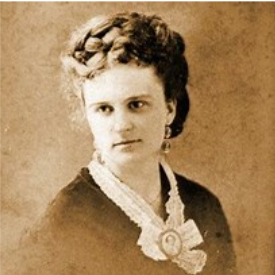
Kate Chopin, the renowned 19th and early 20th century author, lived in the house with her husband and children. New Orleans figures prominently in much of her work. Like many wealthy families, the Chopins would travel by boat from New Orleans to vacation on Grand Isle, a setting for The Awakening. It is her only surviving New Orleans residence, and a destination for literary fans.
